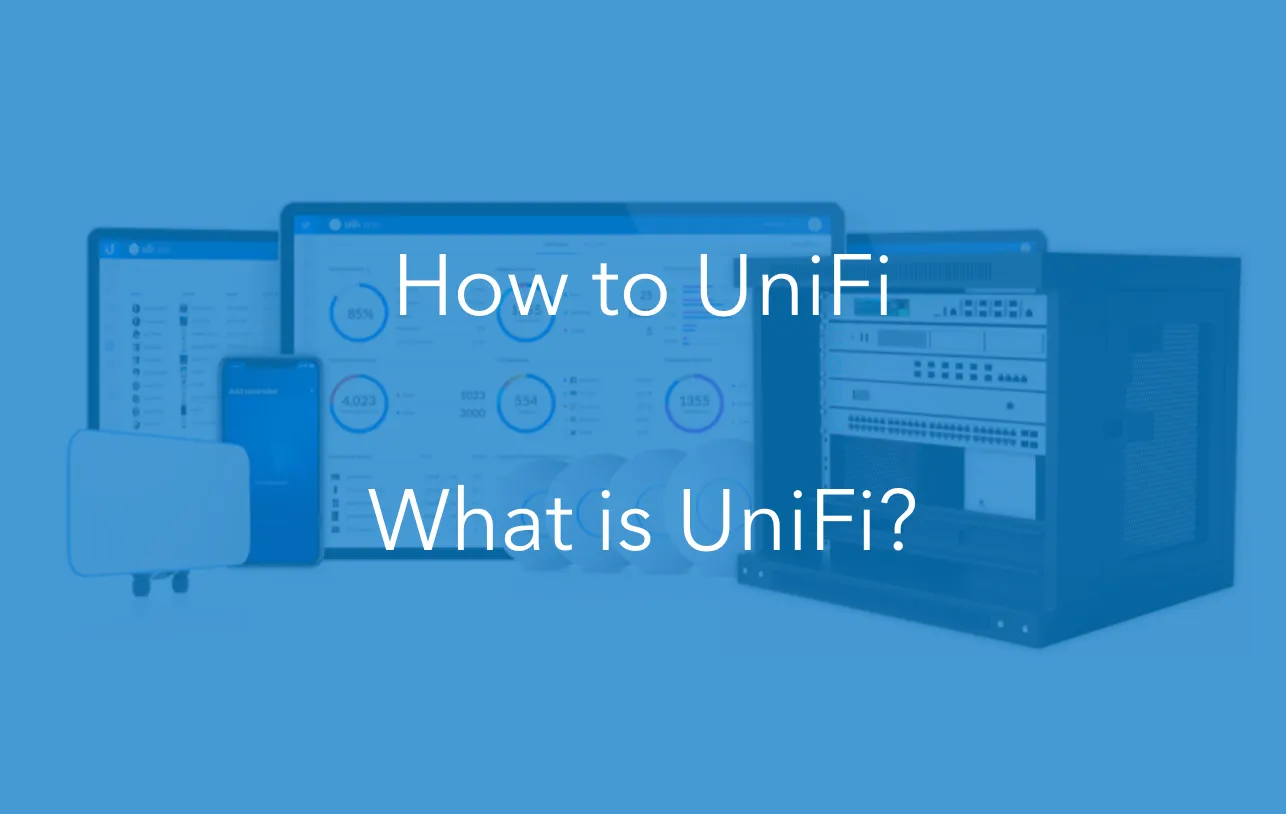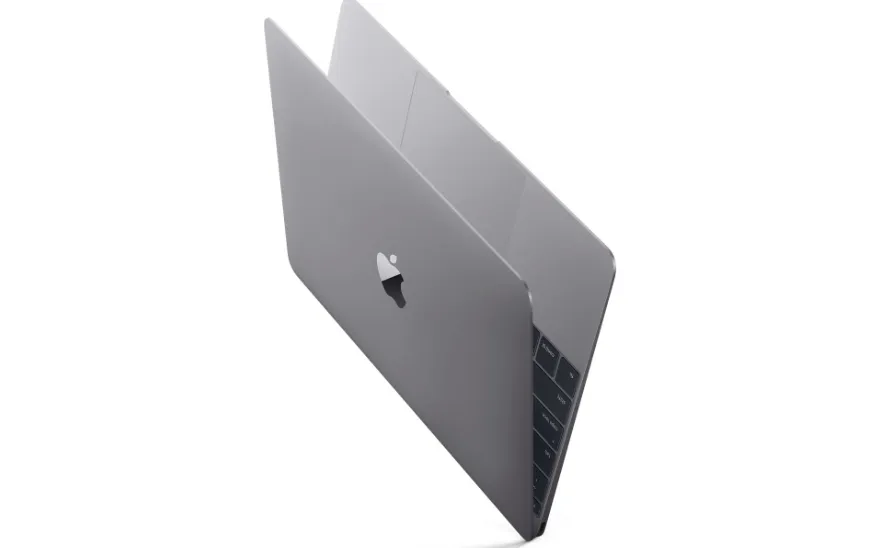Hello and welcome to the first part in our new series, called ‘How to UniFi.’ Ubiquiti’s range of enterprise networking gear seems to have shot up popularity lately, especially with the launch of the new UDM and UDM-Pro last year. In this short article, we’ll explain what UniFi is and what equipment Ubiquiti makes.
What is UniFi?
Ubiquiti has been making UniFi hardware since 2013 and now in 2020, the brand name now covers wireless access points, firewalls, network switches with PoE, network cameras, VoIP phones and much more. However in this whole series we are going to focus on the UniFi Controller and the networking side of UniFi and we’ll focus on the cameras and other products at a later date.
UniFi is a range of networking hardware which can be used to create a network in a home, office, stadium or anywhere that needs a internet. Ubiquiti offers a large range of products and it’s incredibly flexible in the way it can be deployed. At first it can seem slightly overwhelming with the amount of products Ubiquiti offers, but in this series we’ll aim to cover it in an easy to understand way.
Ubiquiti offers a range of firewalls, WiFi APs and network switches – these three items will make up a full network. Most products, such as printers and other types of routers have their own individual log in screen, which can make managing a lot of devices become a bit laborious. Ubiquiti has solved this issue with the UniFi Controller, this is whats called a ‘single pan of glass’ and none of the products have a log in screen of their own, instead you plug it in and launch the controller and it’ll show up. From here you can do all the configuration necessary.
The UniFi Controller is best when it is running 24/7, as it can collect stats, report issues and you can even log in when your’e not at home.
However, the UniFi Controller is like a mini server and it needs to run on something, this can be a PC, Mac or Linux machine you have. It can be ran in the Cloud on AWS or better still, HostiFi. HostiFi is a company who offers a very simple turn key solution for running multiple UniFi instances in the cloud.
Or, Ubiquiti will sell you the ‘Cloud Key’ this is a very simple PoE powered device, running a custom version of Linux and has the UniFi Controller pre-installed which will make the setup process much more streamlined.
The Gear
As mentioned at the start, the bits and pieces which make up the UniFi ecosystem consist of:
- Router / Firewall – in the UniFi world this is called a USG (UniFi Security Gateway). Ubiquiti also has a new product called the “Dream Machine” – we’ll get to the Dream Machine line in another guide soon.
- WiFi APs – in the UniFi world, these are called UniFi APs and are powered up by PoE (power over ethernet).
- Network Switches – Most standard routers have a mini switch built in, UniFi switches come in all shapes and sizes and most of the models offer PoE power on the ports.










